My Crocus Won't Flower: Reasons For A Crocus Not Blooming
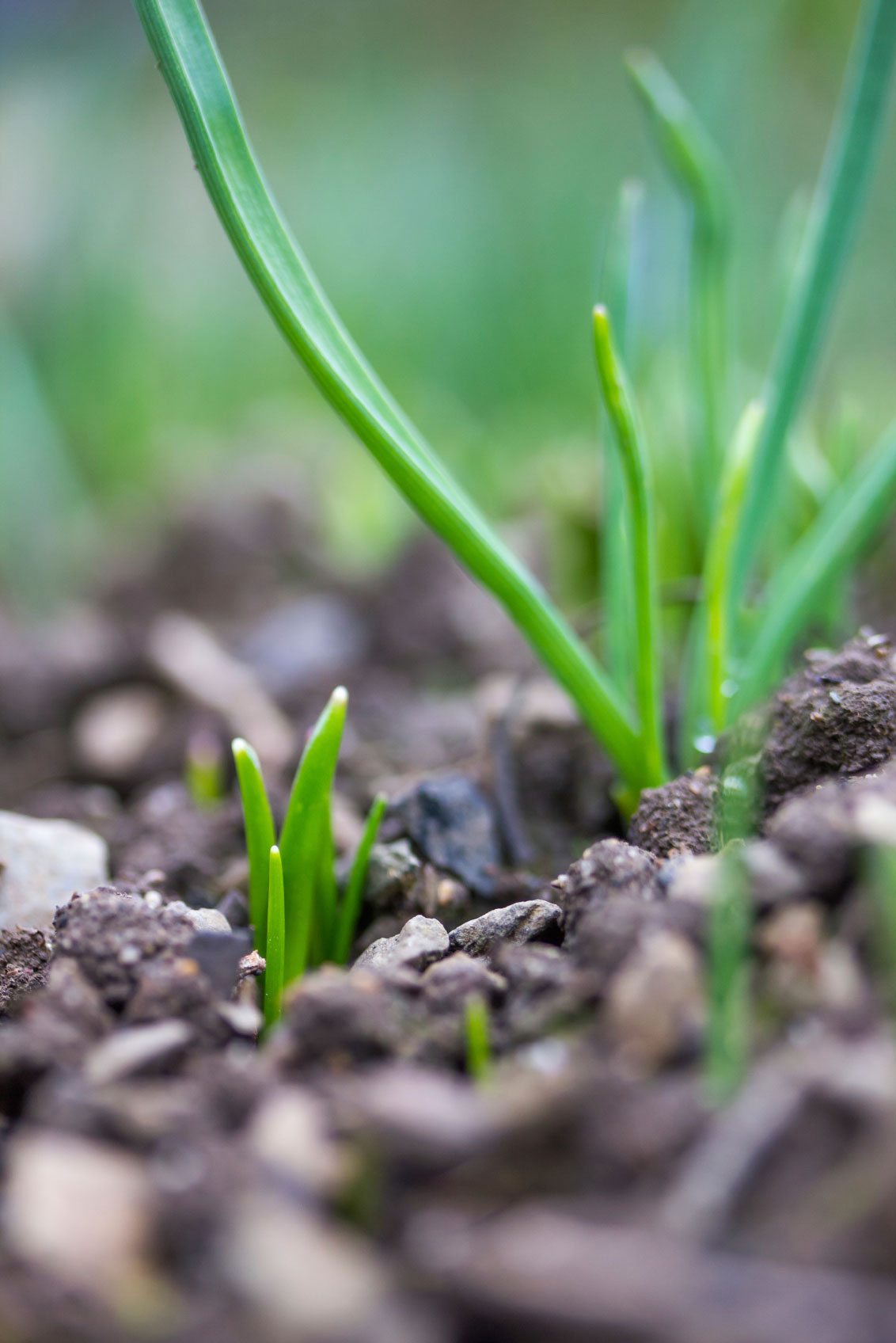

You did everything right. You planted the corms in fall, fluffed up the soil, and fertilized the root zone but there are no blooms on your crocus. There are several reasons for a crocus not blooming. Some of these are cultural, animal pests, or you simply could have gotten a bad batch of bulbs. We'll investigate the possibilities and find out how to get a crocus to bloom.
Cultural Reasons for No Blooms on Crocus
Crocus corms produce best in a sunny location with organic rich, well-draining soil. The soil pH should be between 6 and 7, and fertilizer should go into the planting hole at the root zone. Even the best planting area may suffer from non-flowering crocus. What went wrong? If you live in a very arid region, you will need to water the corms after planting. They are busy producing roots and need to uptake moisture to store in the corm. Soil is a crucial factor in non-flowering crocus corms. Soil has to be loose enough that the spring shoots can easily poke through. It also needs to be organic rich. If the soil is sand or clay, mix in 50% compost to a depth of at least 8 inches (20 cm.). This will increase tilth and add nutrients. The plants need plenty of sun to form flowers, so ensure the corms are planted where it is bright.
Non-Flowering Crocus and Animals
If you are saying, “my crocus won't flower,” it may be time to take a look at our four-legged friends. Squirrels and rodents will dig up bulbs, but other animals will eat the blooms right off the plant. Deer are notorious for chowing down on tender plants and flowers in early spring. They are almost impossible to foil, but you could try a repellent or put a cage around the crocus. Rabbits and chipmunks are common pests and cause beds of crocus to not bloom. For these smaller animals, scatter dog or cat hair around the bed, tie noisy metal strips to line around the plants, or use a commercial repellent.
How to Get a Crocus to Bloom
For crocus not blooming, if you have ruled everything else out, it is time to lift the corms. Over time corms, bulbs, and tubers naturalize. This means they are producing lots more corms and eventually the planting area becomes crowded. Dig out the patch and separate the corms, planting them individually in prepared soil. If you live in a warm climate, it is possible the corms didn't receive their eight weeks of chilling required to break dormancy. Dig up the corms and put them in the refrigerator for that amount of time before setting them out. This will prevent southern gardeners from lamenting, “my crocus won't flower.” The first step to ensure blooms is to pick corms that are whole and free of disease. Get the healthiest, most robust ones you can pick to guarantee beautiful blooms. In warmer climates, choose varieties with lower chilling requirements. In cold climates, plant corms in raised beds to keep the roots from getting too soggy and give the corms a jump start on growth. Follow soil preparation directions and add fertilizer to the root end of the corm at planting. Leave the foliage in place to help the corms gather energy to store for the formation of the next season's blooms.
Gardening tips, videos, info and more delivered right to your inbox!
Sign up for the Gardening Know How newsletter today and receive a free copy of our e-book "How to Grow Delicious Tomatoes".

Bonnie Grant is a professional landscaper with a Certification in Urban Gardening. She has been gardening and writing for 15 years. A former professional chef, she has a passion for edible landscaping.
-
 Looking For Plants To Give You The Soft And Fuzzies? Try These 5 Fuzzy Leaf Plant Options
Looking For Plants To Give You The Soft And Fuzzies? Try These 5 Fuzzy Leaf Plant OptionsLovers of texture, drama, silver foliage and tactile plants will adore these special sensory garden additions. These fuzzy leaf plant options will leave you all aglow
By Susan Albert
-
 Get Ready For A Summer Of Hummers! Grow These Full Sun Hummingbird Plants and Flowers
Get Ready For A Summer Of Hummers! Grow These Full Sun Hummingbird Plants and FlowersIf you’re lucky enough to enjoy a sunny backyard, make sure you are maxing out on your pollinator opportunities and grow these full sun hummingbird plants and flowers
By Tonya Barnett
-
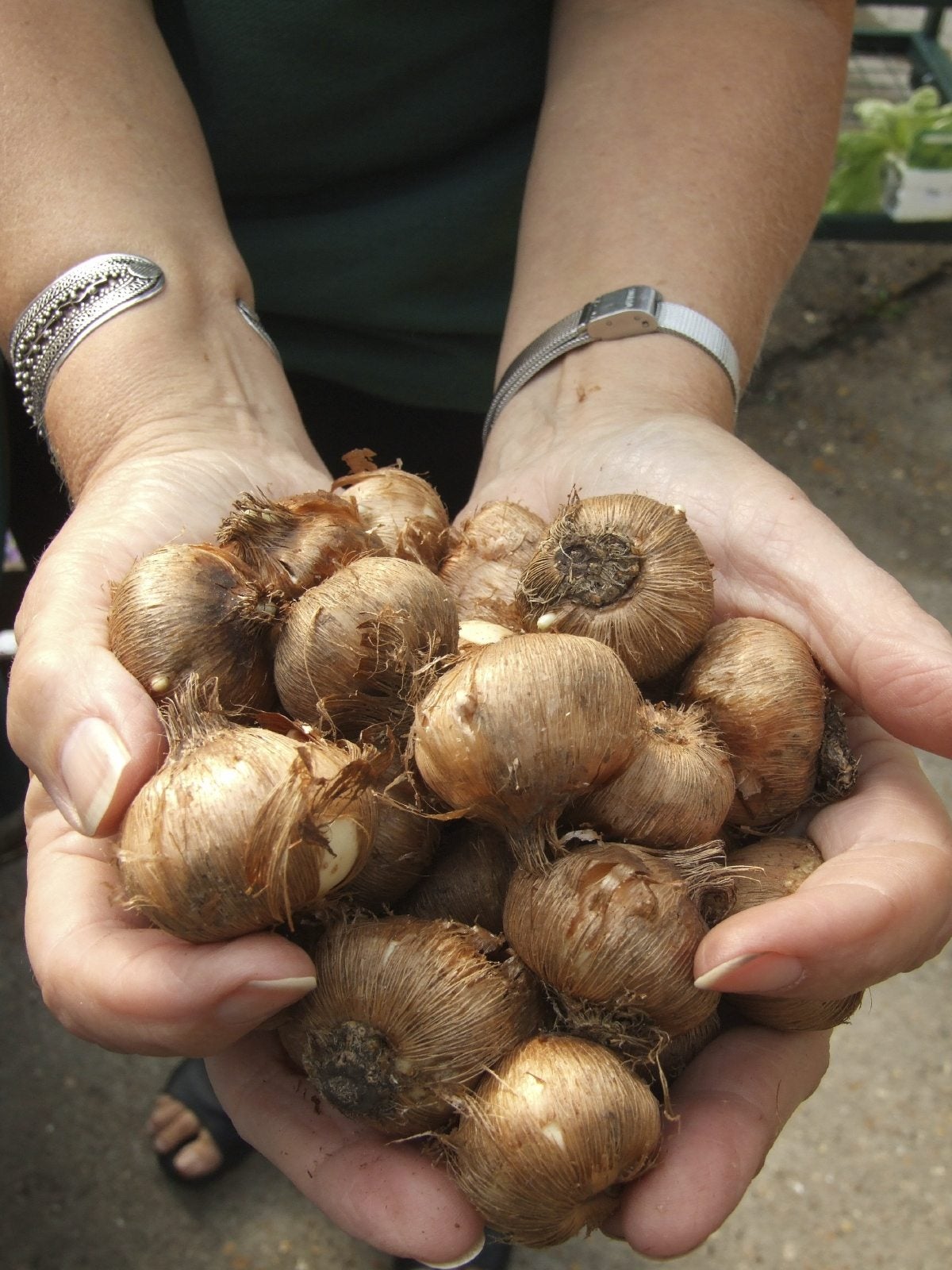 Crocus Bulb Storage: Learn How To Cure Crocus Bulbs
Crocus Bulb Storage: Learn How To Cure Crocus BulbsIf you choose to remove the bulbs until the next growing season, it is important to know when to dig up crocus bulbs. Learn how to cure crocus bulbs in the article that follows. Click here for more information.
By Bonnie L. Grant
-
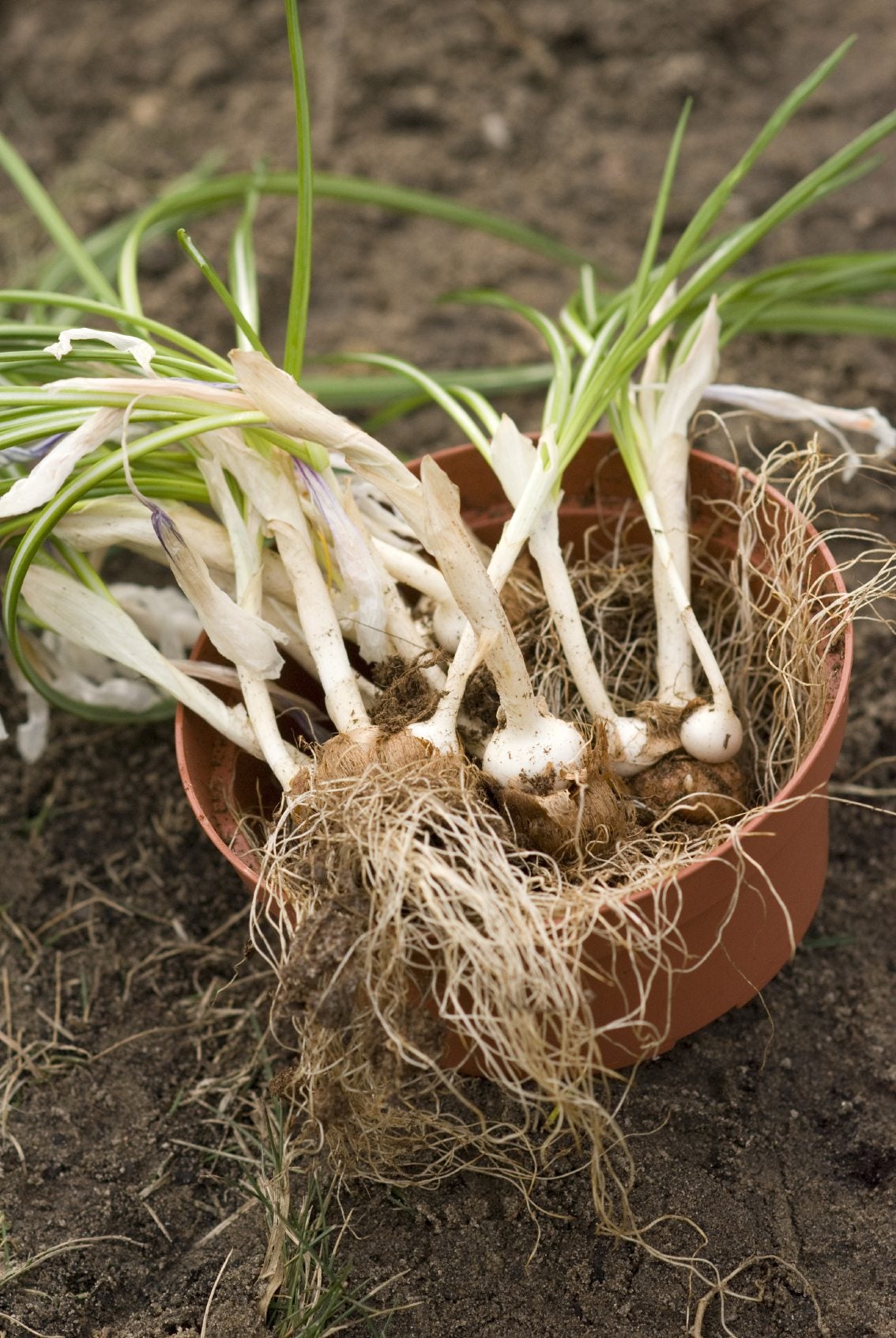 What Are Crocus Offsets: How To Dig Up Crocus Bulbs For Propagation
What Are Crocus Offsets: How To Dig Up Crocus Bulbs For PropagationCrocuses are some of the first flowers to poke their heads through the soil in early spring. Propagating crocus bulbs from division is an easy method of multiplying these enchanting flowers, and this article will help.
By Gardening Know How
-
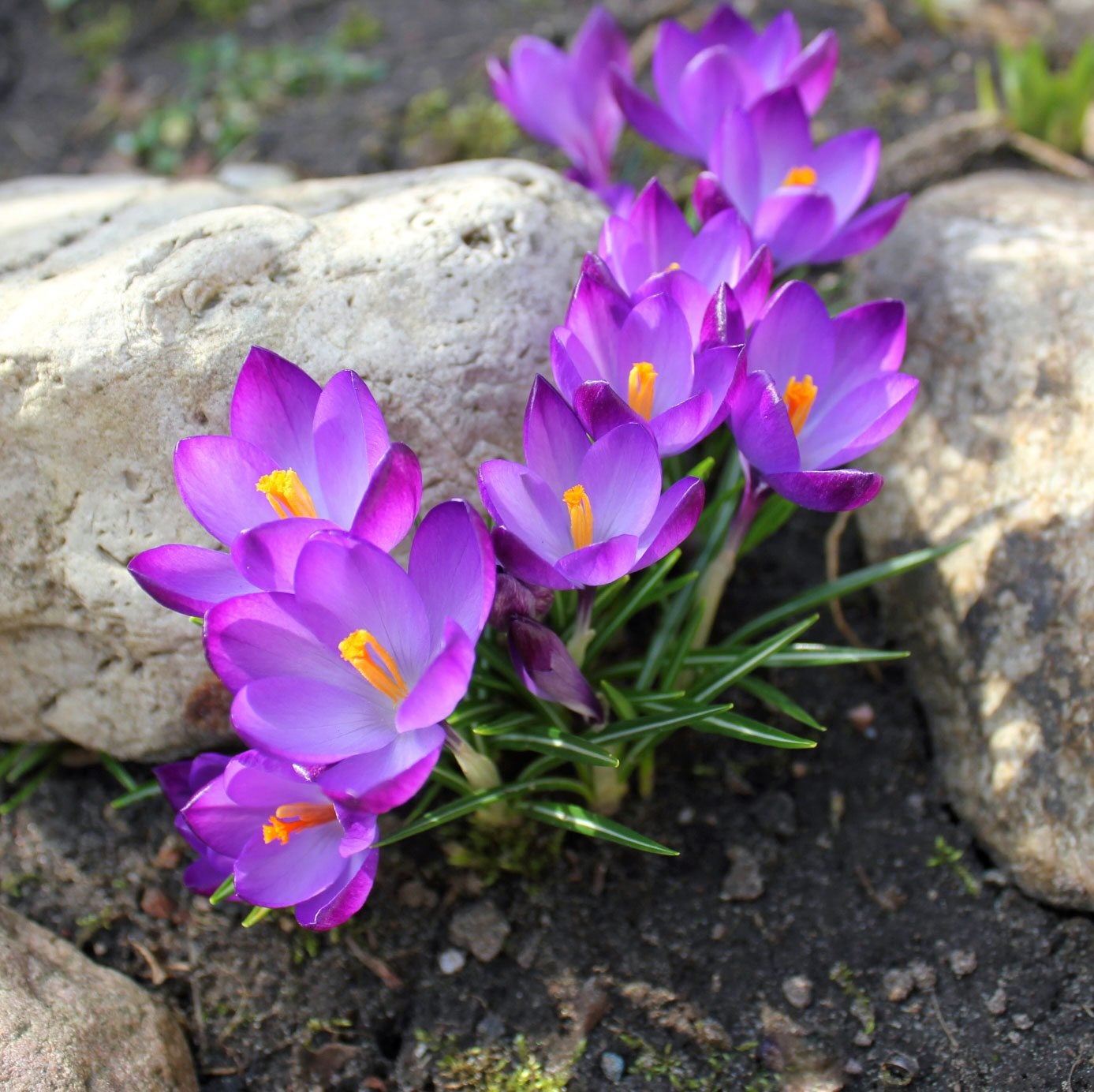 Crocus Planting Tips: Learn When To Plant Crocus Bulbs
Crocus Planting Tips: Learn When To Plant Crocus BulbsCrocuses are the first bright surprise in early spring. In order to get the cheery flowers, you have to plant some corms at the right time of the year. You need to know when to plant crocus. Read here for important crocus planting tips.
By Bonnie L. Grant
-
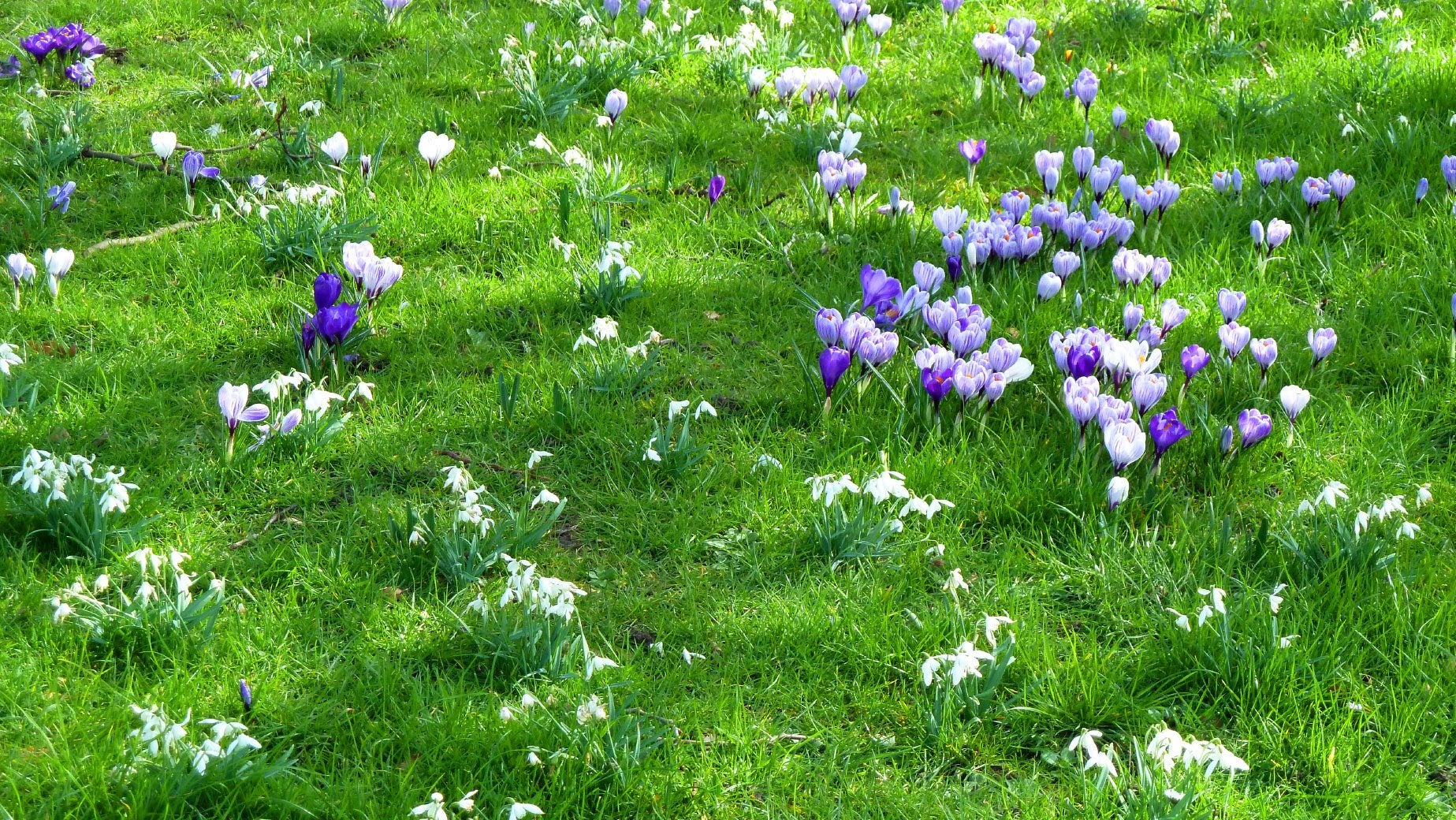 Crocus In Lawns: Tips For Growing Crocus In The Yard
Crocus In Lawns: Tips For Growing Crocus In The YardEarly-spring crocus have much to offer and they needn't be restricted to the flower bed. Just imagine a lawn filled with these blooms. If you're thinking about growing crocus in the yard, there are several things to consider. This article will help.
By Mary H. Dyer
-
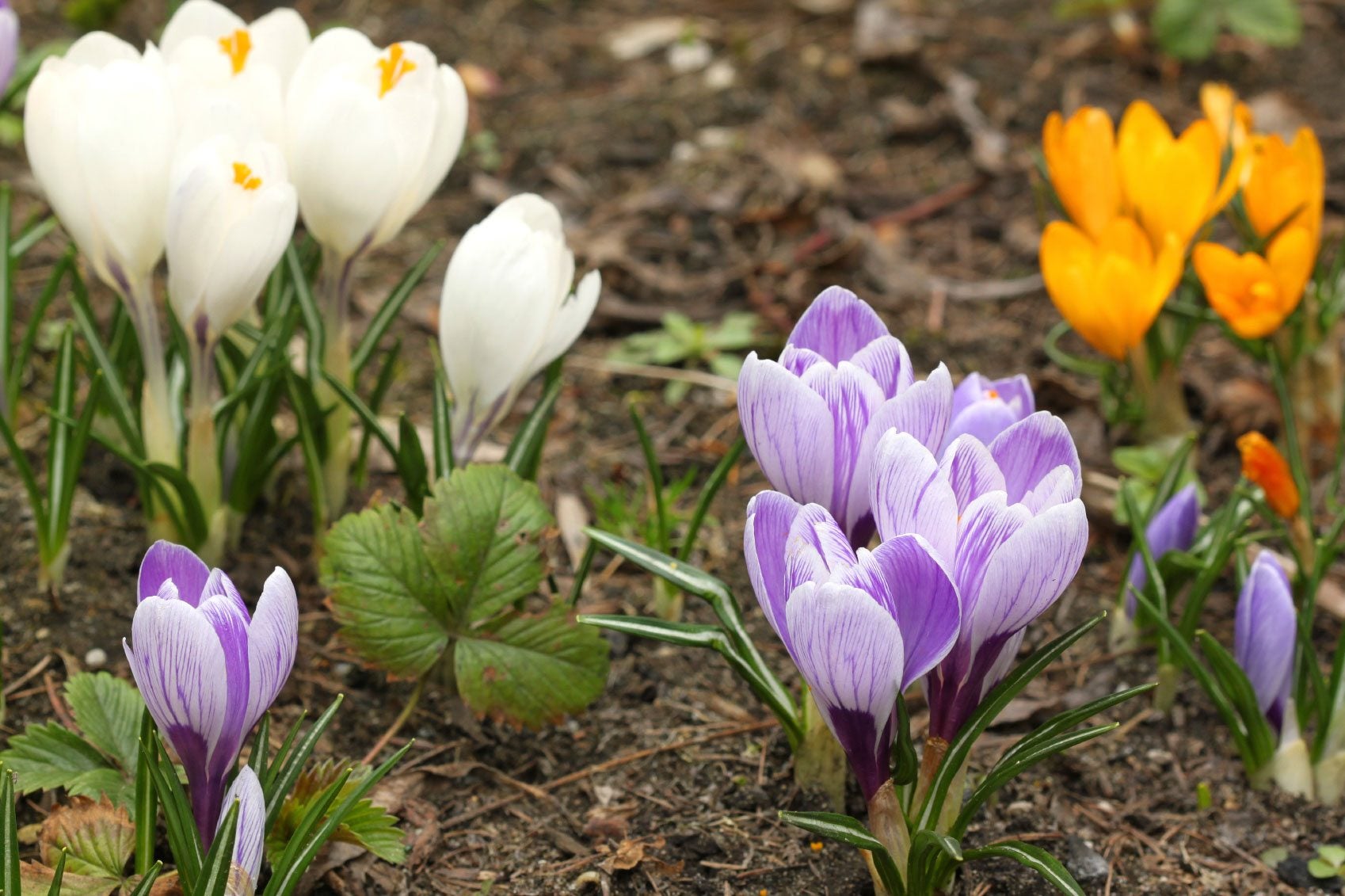 Common Crocus Species: Fall And Spring Blooming Crocus Plant Varieties
Common Crocus Species: Fall And Spring Blooming Crocus Plant VarietiesWe?re all familiar with spring crocus flowers, those dependable favorites that dot the ground with bright jewel tones. However, you can also plant less familiar, fall blooming crocus. Learn more about different types of crocus in this article.
By Mary H. Dyer
-
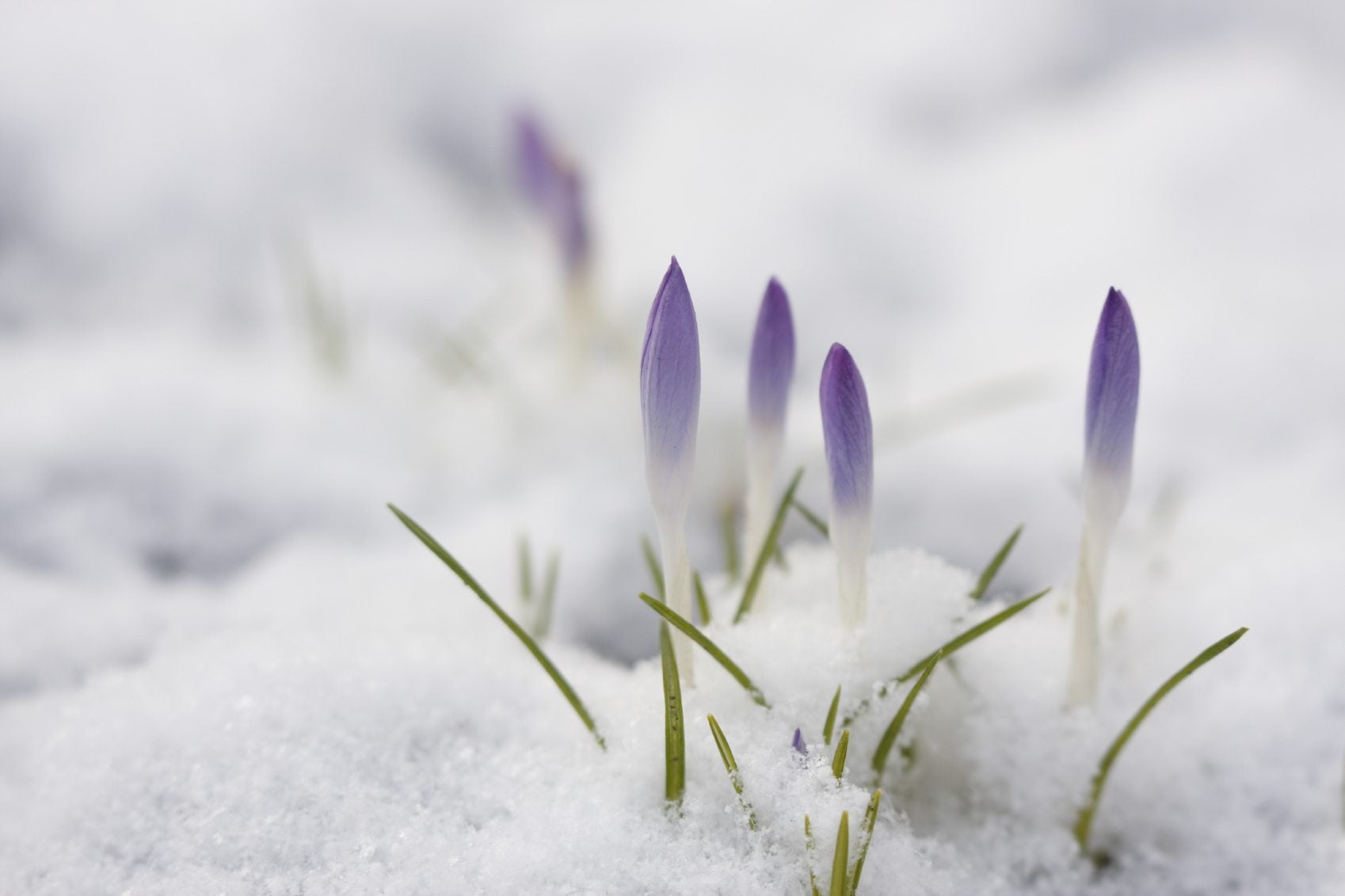 Crocus Winter Flowering: Learn About Crocus In Snow And Cold
Crocus Winter Flowering: Learn About Crocus In Snow And ColdCrocus winter flowering happens in temperate regions. It is not uncommon to see their white, yellow and purple heads surrounded by late snow. Will snow hurt crocus blooms? This article explains more about crocus cold hardiness.
By Bonnie L. Grant
-
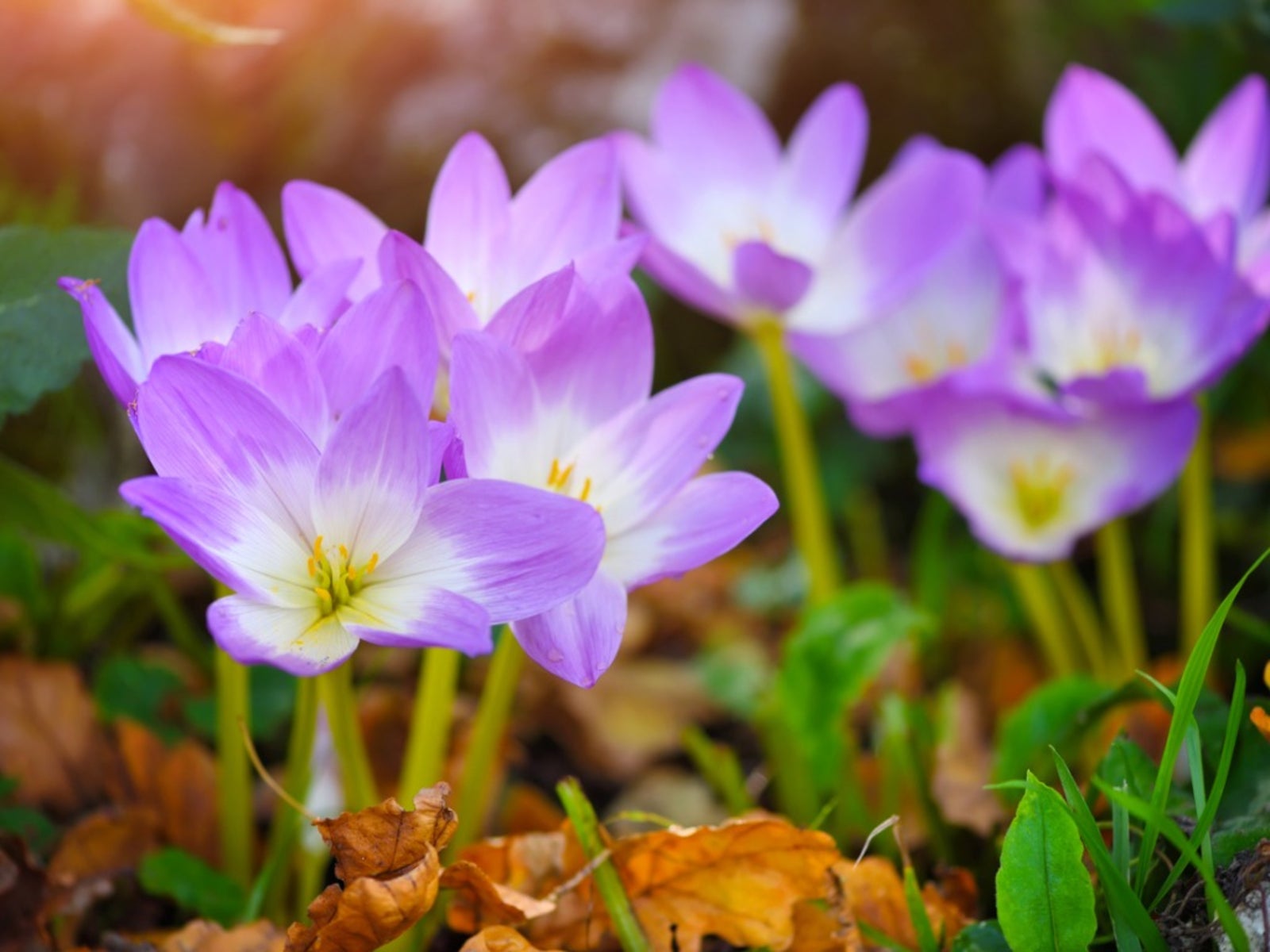 What Is Autumn Crocus: Growing Information And Care Of Autumn Crocus Plants
What Is Autumn Crocus: Growing Information And Care Of Autumn Crocus PlantsA charming addition to your fall flower bed, autumn crocus bulbs add unique color when much of the garden is getting ready for its long winter nap. Learn more about growing autumn crocus in this article.
By Amy Grant
-
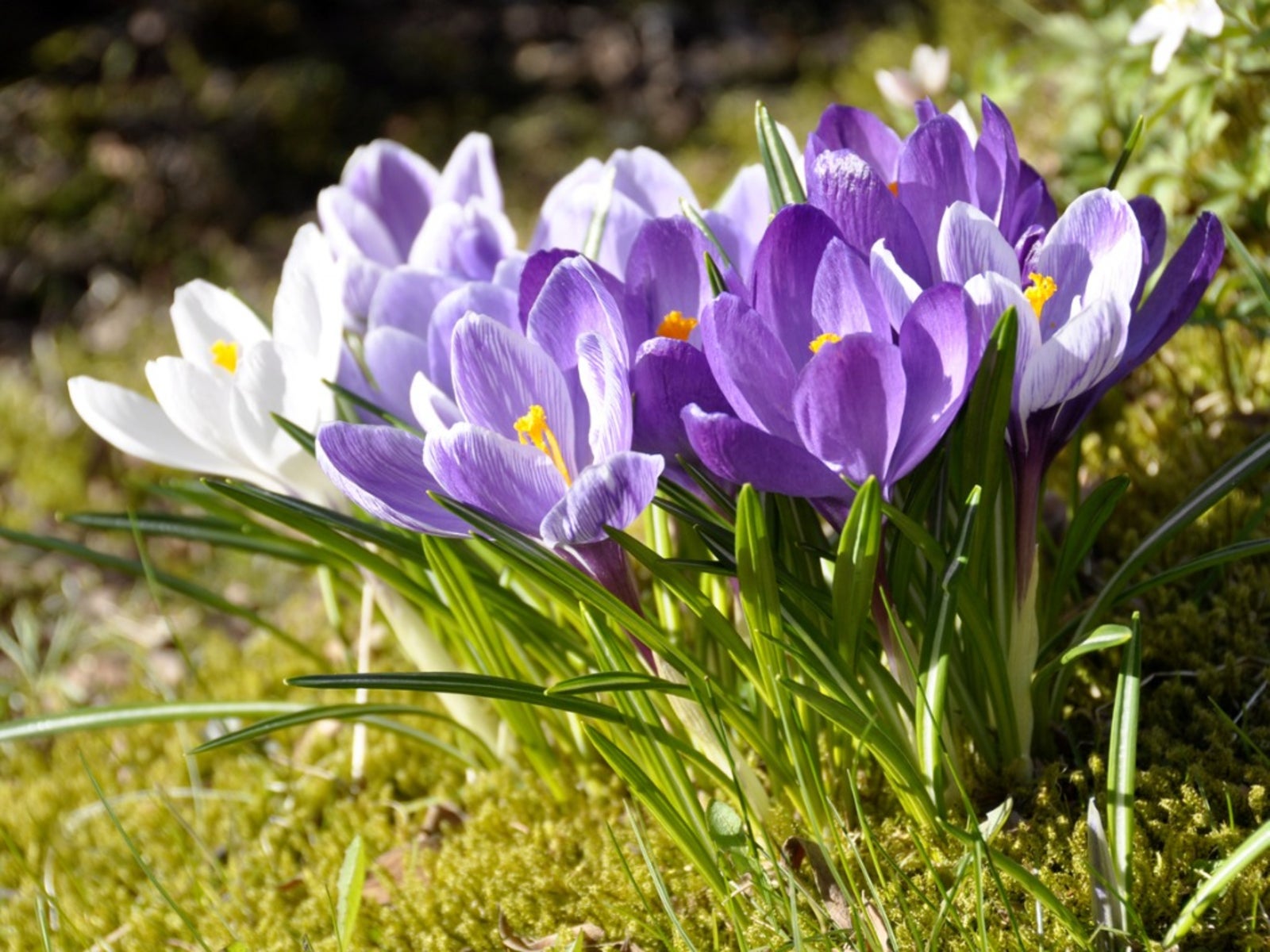 Tips For Growing Crocus In Your Garden
Tips For Growing Crocus In Your GardenOne of the first blooms to appear is the crocus, sometimes peeking up through a layer of snow with the promise of spring. Growing crocus in the home garden is easy, and this article can help.
By Bonnie L. Grant